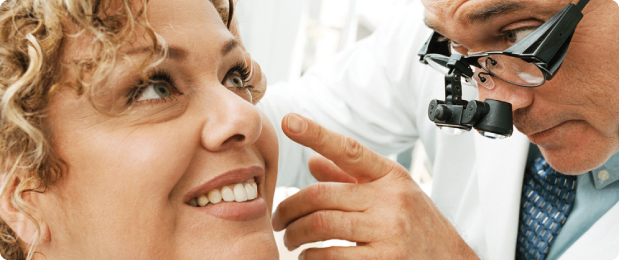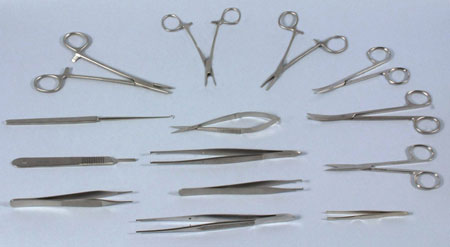Categories
Dermatology Equipment & Instruments: Speaking Of Physiology & Pathology of the Skin

Dermatology is the branch of medicine that deals with the physiology & pathology of the skin, hair and nails. Namely it is concerned with the diagnosis & treatment of various disorders or diseases of the skin, hair and nails. It’s a unique specialty that includes both medical & surgical aspects, like medical examination and surgical intervention. A person who specializes in dermatology is called a dermatologist, who, in the widest sense, takes care of diseases and cosmetic problems of the skin, hair, scalp and nails.
Contents
What Are Skin Diseases & What Therapies Do Dermatologists Apply To Treat Them
A skin disease is any type of disorder (dermatosis, eczema, keratosis, lichen, seborrhea etc.) affecting the skin. In order to treat all those skin disorders dermatologists provide different therapies include, but not restricted to:
- allergy testing;
- cosmetic filler injections;
- cryosurgery (warts and other dermatosis treatment);
- hair removal or transplantation;
- intralesional treatment (chemotherapy or steroid therapy);
- laser therapy (management of skin disorders, birth marks, cosmetic rejuvenation & resurfacing);
- photodynamic therapy (skin cancer & premalignant growths treatment);
- phototherapy;
- radiation therapy;
- systemic therapies (treatment with immunomodulators, antibiotics, and novel injectable products);
- Tattoo removal with laser;
- topical therapies (treatment with topically used products and compounds) and others.
In order to treat all those skin disorders special dermatology medical equipment is needed.
Dermatology Equipment: The Most Typical Dermatology Surgical Instruments

Dermatologists in their everyday work make use of various medical equipment that includes special sets of tools, devices, and medical kits assembled for a specific medical or surgical purpose. The list of dermatology surgical instruments consists of the following biopsy punches, forceps, scissors, blades and other instruments like:
- Dermatoscope (removes any light reflection, diffraction and refraction from the skin surface allowing the dermatologists to examine skin structures that can’t be seen with the naked eye);
- Cautery (an agent or instrument utilized to destroy abnormal tissue during dermatological surgery by burning, cutting, scarring, or searing, including caustic substances, lasers, electric currents, and very hot or cold instruments);
- Diathermy (an instrument for bodily tissues local heating for medical purposes);
- cryoprobe (a dermatology instrument used in cryosurgery for the purpose of applying extreme cold to diseased tissue (skin tags, moles, warts, solar keratoses, small malignant and benign skin cancers, Morton’s neuroma etc.) in order to destroy or remove it);
- Extractors, hooklets & kilners (Unna-Vidal Comedo Extractor, Walton Comedo Extractor, Saalfeld Comedo Extractor, Unna Comedo Extractor, Schamberg Comedo Extractor, Moncorps Hooklets, Vidal Hooklets, Fox Hooklets, Wolff Hooklets, Kilner etc.);
- Bard parker round knurled (allows twisting motion control);
- Beaver handle (a pencil-like surgical instrument with specific blades used for small delicate areas like the eyes)
- Iris scissors (a device with sharp tips & short blades for sharp cutting and dissection on the face);
- Gradle scissors (a device with curved and tapered blades for periorbital region);
- Westcott scissors (a sharp & fine-point instrument for cutting around the eye);
- Metzenbaum scissors (a device with blunted tips for blunt dissection);
- Spencer scissors (a blade-curved device with unilateral notch for cutting the suture);
- Adson forceps;
- Jewelers forceps (an instrument with sharp & fine tip for the removal of splinter or suture);
- Dressing forceps;
- Tissue forceps;
- Forester forceps (for eye dressing);
- Halsey needle holder (long delicate jaws for suture);
- Gillies skin hook (for scar tissue retracting);
- Joseph Double skin hook;
- Tyrell Iris skin hook (for delicate procedures);
- Frazier Skin hook (an instrument for holding lips, cheeks and tongue away from the surgical area).
These are the most common dermatology instruments used by practitioners in their everyday medical and surgical practices.



